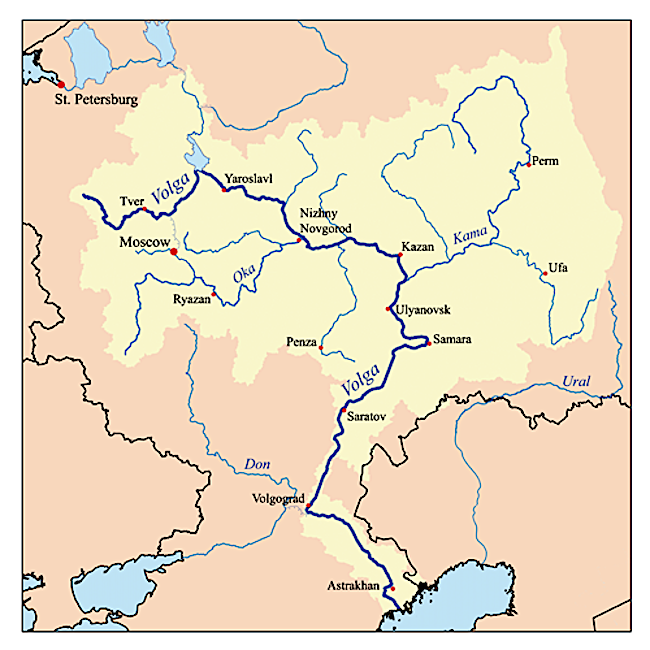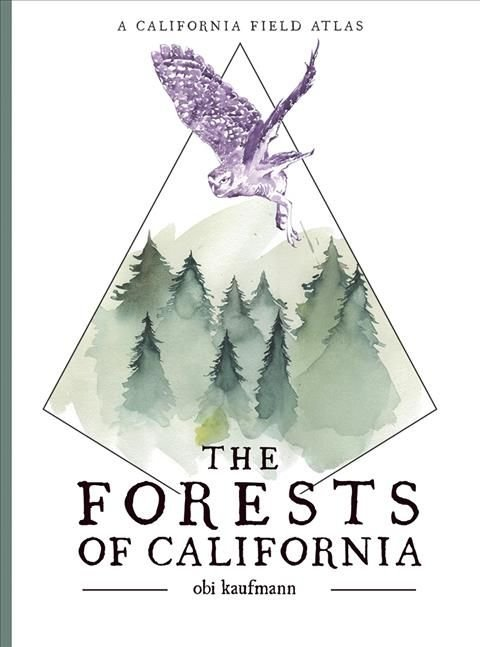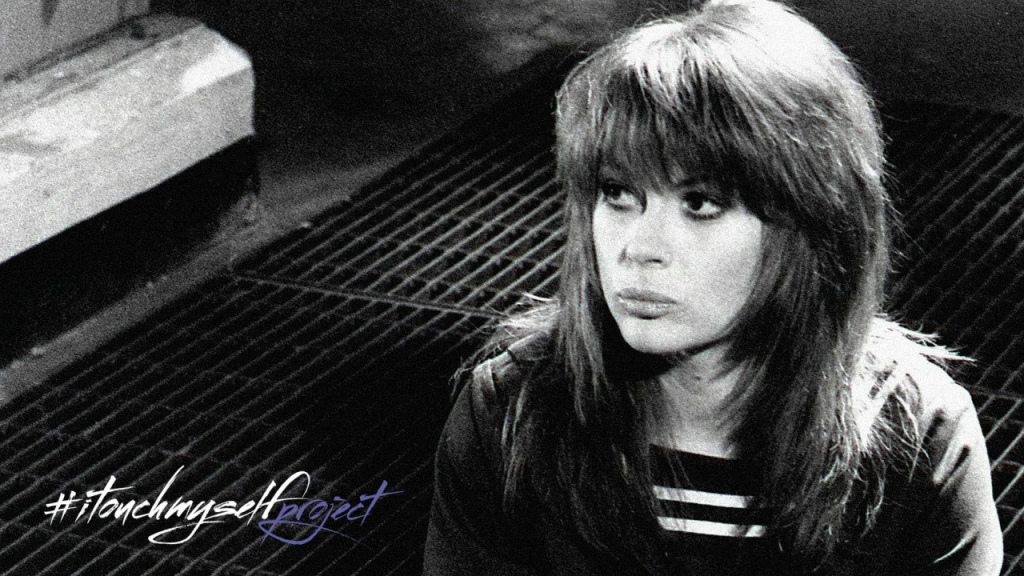I turn 75 years old today 2023-10-31. I am told, and periodically experience, that old age brings about frailty. Looking it up in an online dictionary, its definition sounds worse than I feel: as an aging-related syndrome of physiological decline, characterized by marked vulnerability to adverse health outcomes. Frail older patients often present with an increased burden of symptoms including weakness and fatigue, medical complexity, and reduced tolerance to medical and surgical interventions. My own definition is much simpler, frailty = reduced capabilities.
I notice that my renovation/ construction projects are taking longer to complete. It is not just because I have less energy in the day to work actively at them, but equally, there is less enthusiasm. The latest project involves the kitchen, with changes to the plumbing and electrical system that included some work by others. It took much longer than planned.
I have said that I will retire from construction projects starting 2024-01-01. I am aware that this will not be a complete stop. Additional work is needed in the attic to make it a suitable place to store things. This activity will continue, but only when I want to do it, and feel capable. I will accept no imposed deadlines.
Things
Things can be a polite term for junk. Every time I think about storage, I recall Allied Van Lines, and their advertisements in the 1960s where they stated that they did not mix other people’s junk with your valuable possessions. In my dreams, I regularly see myself as a child peering into the back of a moving van, filled with increasingly irrelevant technology. The moving van gradually transforms into a dumpster.
Today, millennials are storing less junk because books, music, videos, games and more, are digital files stored on servers and distributed as needed to other devices.
In my old order universe, there were physical things: books were printed documents; music was long-play records or CDs or many other things; videos involved Betamax and VHS formats, DVDs and even laserdisks; games involved dice, pieces and folded cardboard sheets representing the game universe. In my preferred new order universe, things are files on a computer. I have not yet accepted that files should be kept on clouds = some stranger’s computer/ server. My solution is to encourage family members to cooperate, by storing encrypted backup data on each other’s servers.
Duolingo/ Sudoku/ Books
Duolingo and Sudoku are two activities I engage in on a daily basis, even though recent news reports tell me that these may not prevent dementia.
With Duolingo I regularly change languages. Within days of the start of the current war in Ukraine, I began to study Ukrainian. In 2023, I alternated between Ukrainian and Finnish. I used to change between these two languages, up to several times a week. Then, I stuck with each language for a month, before switching. For me, it was much easier than working with both languages every day.
After my son, Alasdair, asked for my company on a trip to the Outer Hebrides for five days in the summer of 2024, I decided to focus my attention exclusively on (Scottish) Gaelic. This does not mean that I am prepared to eat guga = salted gannet, on these travels. Fortunately, Is toil leam brocham gu mor! = I like porridge a lot!
Sudoku involves filling in squares in a printed book. Within each square I can code numbers using dots following the same numerical sequence used on touch-tone telephones, with 1-2-3 on the top and 7-8-9 on the bottom. There is no need for 0, or operation keys +,- x, / or =. I have decided that when the puzzles in my current book are used up, I will just use a Sudoku program found on my laptop or hand-held device. I say this every time…
Apart from Sudoku, I do not find games fun at all. I include crosswords as a type of game. My significant other plays card games on her laptop. I agree with Art Vaughan, that real-world challenges are more interesting problems to solve than constructed games.
Reading books in Norwegian

I attempt to read at least a chapter a day of books written in Norwegian. In part, this is to keep my Norwegian vocabulary active. This decision came about because of a conversation. I wanted to use the Norwegian word for jam, syltetøy. However, all that came out was French, confiture.
One newly read book was written by Norwegian author Geir Pollen (1953 – ), who lived in Russia from 2007 to 2020. Volga : En russisk reise (2021) = Volga : A Russian trip. It actually involved many trips over many years, but is organized geographically from the Volga headwaters north-west of Moscow, until the river enters the Caspian sea.
Reading about Russia is my attempt to understand the most extensive war in Europe since the second world war. I find that it helps to have it explained by someone from a culture where I have lived for over forty years. I am not so sure, I would be equally receptive to a book written by someone who has an American perspective. The book was written before the second Russian incursion into Ukraine.
The title of chapter 65, the last about the middle section of the Volga, can be translated as the world as a listening exercise. It is about Sofia Gubaidulina (1931 – ) born in Chistopol, in Tatarstan, Russia with Tatar and Russian heritage, a composer who has lived in Appen, a village near Hamburg, Germany, since 1991-02. Here is one shorter work: Vivente – Non vivente, for ANS Synthesizer (1970).
Pollen says that Gubaidulina describes her music as: a journey in a soundscape where the composer is just as exposed to the unknown as the musician and the listener. In the universe it sounds like: the things, the plants, the trees, the people, the animals, the earth, the stars. It is the starting point of music. If the people concentrated and did not surround themselves with so much noise, they would hear it. She compares modern life to a city where the artificial lights make it impossible to see the starry sky. The loss of the height dimension, the vertical in existence, is the greatest threat to mankind today, because we cannot live only in the horizontal, on the surface (p. 323).
I concur. The world is challenged by noise. I dislike noisy motorcycles. Yet, even more disturbing are subwoofers played inside assorted vehicles. They are especially annoying when I am walking through a natural environment. I may not be able to hear the sounds emanating from them, but I can feel them, and am looking forward to limits being placed on their noise levels.
The tragedy of the commons is an economic theory that states that individuals use up resources shared by many to benefit themselves. Because individuals generally act selfishly, shared resources are misused so that everyone ends up suffering in the end. I regard quiet and darkness as important shared resources. Other important shared resources include the atmosphere, the oceans, forests and wildlife. I am almost successful at unlearning the value of densely populated urban spaces. The British economic writer, William Forster Lloyd (1794 – 1852), introduced the concept in a pamphlet in 1833.
American ecologist and philosopher Garrett Hardin (1915 – 2003) wrote about the tragedy of the commons in a 1968 paper, calling attention to the damage that innocent actions by individuals can inflict on the environment. He is also known for Hardin’s First Law of Human Ecology: We can never do merely one thing. Any intrusion into nature has numerous effects, many of which are unpredictable. He is also regarded by many as a white supremacist/ racist. For example, he wrote: Lifeboat Ethics: the Case Against Helping the Poor, that appeared in Psychology Today, September 1974.
Global warming is another example of the tragedy of the commons theory. At least since the start of the industrial revolution, individuals, companies and societies around the world have been engaged in activities that have a serious impact on the atmosphere. In many cases, there is no disincentive for a company to stop releasing toxic chemicals into the air. Indeed, they have an incentive to do so because it allows them to increase their profits. They seem to have no obligation about how their actions will affect others. These actions can have a lasting effect on the planet, and everyone and everything on it, for generations.
I have already bought my next Norwegian language book by the same author, about a failed Swedish invasion of Trøndelag, aka the Carolean Death March, in the winter of 1718-19, led by Karl Gustav Armfeldt (1666 – 1736). Armfeldts Armé : historien om en katastrofe (2014) = Armfeldt’s Army : The history of a catastrophe.
Reading books in English

I regularly read books written by Obi Kaufmann (1973 – ): The California Field Atlas, The State of Water: Understanding California’s Most Precious Resource, The Coasts of California, The Forests of California. I am also looking to two forthcoming books, The Deserts of California, and The State of Fire: How, Where and Why California Burns.
I am also reading: Russia Against Modernity (2023), by Alexander Etkind (1955 – ): “Communism was modernity’s most devout, vigorous and gallant champion … It was under communist, not capitalist, auspices that the audacious dream of modernity … was pushed to its radical limits: grand designs, unlimited social engineering, huge and bulky technology, total transformation of nature.” Zygmunt Bauman (1925 – 2017), Intimations of Post-Modernity (1992) p. 179.
Modernity takes various forms. Etkind names a bureaucratic modernity, as proposed by Max Weber (1864 – 1920), in the 19th century, which was replaced by a paleomodernity, in the 20th century, with an emphasis on using nature for resources and energy. Now the world has encountered a gaiamodernity, from a theory proposed by James Lovelock (1919 – 2022) and developed in cooperation with Lynne Margulis (1938 – 2011) that is focused on using less resources and less energy. Small is beautiful, is a catchphrase for this era, as well as a book from 1973, written by Ernst Friedrich Schumacher (1911 – 1977).
In contrast, Russia is attempting to reverse modernity with its own special operation: stopmodernism. Anthony Giddens (1938 – ) expressed many of the ideas behind it, in his theory of structuration. Etkind views the 2022 war in Ukraine as structuration in practice (p. 8), and the war as a campaign against modernity. The major issue is trust.
My next work on Russia will be by Masha Karp (1956 – ) about George Orwell = Eric Arthur Blair (1903 – 1950). George Orwell and Russia (2023). She claims that Animal Farm (1945) and Nineteen Eighty Four (1949) were not dystopias, but accurate fictional depictions of reality. Her book explores how Orwell’s work was received in Russia, and how it affects the totalitarian political reality today. It also why The Road to Wigan Pier (1937), Orwell’s exploration of British poverty, was never published in Russian. In this context, Vladimir Putin’s actions are simply the next transformation of totalitarianism, as predicted and described by Orwell.
Tony Judt’s (1948 – 2010) Postwar: A History of Europe since 1945 (2005), is also scheduled to be read. Judt decided to write this in 1989 while waiting for a train at Vienna central station, inspired at least in part by having witnessed the Velvet Revolution in Czechoslovakia. While the work has been highly praised, it has also been criticized.
Fiction has been missing in my diet. However, The Sycamore Gap Tree incident has inspired a change. On 2023-09-28, a sycamore tree standing next to Hadrian’s Wall near Crag Lough in Northumberland, England was felled, illegally. It was located in a dramatic dip in the landscape, which was created by glacial meltwater and was a popular photographic subject, described as one of the most photographed trees in the country and an emblem for the North East of England. As a steward to another sycamore tree, grown from a seed, I understand the loss.
Shortly afterwards, I discovered that Louise (LJ) Ross, had written a romantic crime novel taking place there. I am not quite sure what a romantic crime novel is, but decided I could experiment with it. Unfortunately, Sycamore Gap is the second book in the series, so I am first having to slog my way through her first book, Holy Island, about crime on Lindisfarne.
Local Issues
Sometimes I cannot appreciate the world without reflecting on local issues. Trust was eroded in Inderøy, this past summer, on the recreational hikes, as up to several people opted to drive between posts, rather than walking, using wheelchairs or kayaks to access them. Driving is not part of the social contract! As I write this, I think of Vic Leach, in New Westminster, encouraging people to walk more.
Trust is also being eroded in Norwegian political parties at the national level. There was a municipal/ county election in Norway on 2023-09-10. For the first time since 1924, the Labour Party was not the most popular party. In recent years there have been too many issues arising involving politicians, in this and other parties. For example, the leader of the political party I voted for in the national election in 2021, admitted to shoplifting a pair of sunglasses at a taxfree store at Oslo airport. I voted for another party in the municipal elections, and will probably continue to do so in the national elections to be held in 2025.
Meanwhile, some Norwegian government ministers have been criticized for their failure to follow rules, most often, recently about stock purchases, that could involve insider information. Sometimes, it is not the minister who is purchasing stocks, but their spouse.
Ulrich Bech (1944 – 2015) wrote that “social inequalities and climate change are two sides of the same coin”, Climate for Change, or How to Create a Green Modernity? in Theory, Culture & Society 27.2-3 (2010): 254-66, quoted from p. 257. Somewhere I read that members of the billionaire class use one million times more energy than the median earthling. Every time I read about energy inequality, I think of Technocracy, which aimed to give people an equal share of energy. Technocracy and light pollution are two topics that I intend to address in the next 99 upcoming weblog posts.
I Touch Myself

Time is different now, than it was in my childhood and long into adulthood. Before, others dictated the timing and sequence of events. It applied to most activities involving more than one person. In addition, people listened to radios, and allowed stations to determine what songs were played when. Television was similar. There was a schedule that had to be followed, if one wanted to watch, say, The Avengers, that British espionage series, created by Canadian Sydney Newman (1917 – 1997), one had to be available at a specific time each week. In the days before the internet, libraries provided a source of information, as well as entertainment. There were some places that allowed, even encouraged, a greater freedom. I was fortunate to live less than three blocks from New Westminster Public Library, that I could visit to increase my knowledge about various topics, even those of marginal interest to most other people. Yes, I would like to thank the librarians at New Westminster Public Library for their engagement, particularly in the period 1958 to 1979, when I was an active user there.
We have lived without radio and television for most of the current millennium, and have not missed it. The Norwegian government replaced FM (frequency modulation) radio with DAB+ (digital audio broadcasting) in 2017. This had no effect on my life. We purchased a DAB+ radio so that we could listen to emergency broadcasts, should that ever be necessary. The radio is tested about once a year, but otherwise remains silent. This technology is already outdated, as emergency conditions are now communicated with SMS (short messaging service) messages. I experienced this recently in Iceland, when I received an earthquake warning.
Today, the age of instant gratification is upon us. We have experienced three iterations of the internet, so far: dial up; ADSL (asymetic digital subscriber line); and, fibre optic cable. People are becoming increasingly dependent on assorted web engines and their algorithms to propose content. These engines seem to know a great deal about my interests. Sometimes, I am intrigued more by these algorithms, and their proposals, than the actual content.
At the beginning of October, at the top of my YouTube suggestions was I Touch Myself (1990) by the Divinyls. I later learned they were an Australian band from Sidney, active in the 1990s. I wondered why this particular song was proposed. I had never heard of the band, or the track. Of course, from the photo provided, I wondered if it has something to do with my interest in female vocalists. I decided to explore it, by viewing and listening to that proposed track from 1991.
Resetting the YouTube start menu, brought forward several versions of the same song, some by the Divinyls, as well as others. I then viewed two other versions, another from 1991 and one from 2006. Also among the content proposals was a short video version from the film, Austin Powers: International Man of Mystery (1997). I viewed it, but unlike the music videos, it repulsed. Like so many things in life, my sense of humour has also evolved.
After consuming these four versions, I delved deeper into the song, to understand better why this particular track was at the top of my YouTube list. It is easy to discover context today, because information is so much easier to access. Wikipedia and other sources of information are as close as one’s smartphone or laptop. Thus, within a few minutes I had discovered that the I Touch Myself Project was launched in 2014, a year after the death of Divinyl singer, Chrissy Amphlett (1959 – 2013) from breast cancer. Wikipedia could tell me that Amphlett wanted I Touch Myself to be adopted as a global anthem for breast health. The project was created in her honour with its mission to create educational forums to promote self-examination. In another few seconds I learn that October (every year) is breast cancer awareness month.
Conclusions
This past year two of the websites I used regularly have closed down. For many years, my primary source of books was The Book Depository. I also used Ello, a social media platform, as a source of inspiration for various forms of artwork. Originally, there was a third, Kottke, but it came back to life, after its founder had returned from a sabbatical.




